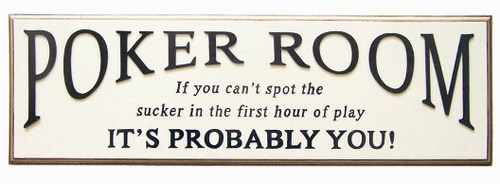Recently, I wrote to argue against the populist idea that the Federal Reserve prints money. I say populist because it’s not supported by economic or banking theory, and it is not accurate in describing Fed practice in the market. It used to stir up emotion against the Fed. The Fed causes a lot of harm, but we should stick to the facts.
I argued that the Fed does not print; it borrows. I illustrated this point with a series of examples of borrowing, starting with a homeowner who takes a one-off loan to buy a house, and continuing to commercial banks and a finally on to a central bank. I showed each successive party may find a more receptive and liquid market. All of these borrowers are, well… they are borrowing.
A central bank has an automatic market for its paper, because of the legal tender laws (and tax laws). This leads to our present question. To speak of borrowing and a ready market in which the Fed can borrow, means there is a lender. Who is the lender to the Fed?
Before we can answer, let’s look at a few examples to help bring the question into sharp focus. Consider the gold bug. Two messages alternately attract his attention. One is that gold is going up, to at least $5,000 or more. The other is that gold is manipulated downward by nefarious forces. Both beliefs show the same motivation: the gold bug wants to sell his gold. He wants to exchange it for dollars… if only the price will go up.
Next, look at the laborer. He trades his toil in exchange for a paycheck. He sweats all week long to get his grimy hands on some dollars.
For one last case, there is Henry Homeowner from my previous article. Henry gets a mortgage to buy a house. The mortgage comes with an obligation. Every month, Henry must come up with the dollars to pay his lender. What will he sell to obtain these dollars? His labor, products, or services. He may even sell his gold or other assets. Whatever he sells, he must buy dollars if he wants to keep living in his house.
All across the economy, everyone demands dollars. You will not find anyone who doesn’t. Why do I bring this up? There is just one simple and obvious fact to prove my point.
The dollar is the Fed’s credit.
The printed version of the dollar is called a dollar bill. Bill is an archaic term for credit. However, the dollar bill does not say bill on it. It says note, another term for credit.
Whether paper or electronic, the Fed issues dollars to fund its purchases of assets. It makes a profit (which it pays to the Treasury) because its cost of borrowing is lower than the interest it earns on the bonds it buys. The dollar is the Fed’s liability. The government bond (and some other bonds) are the Fed’s asset.
The dollar is the instrument used by the Fed to borrow. When you sell labor or iPhones or gold to get dollars, you are buying the Fed’s credit.

I am reminded of a sign that probably hangs every time college buddies get together to play poker. “If you can’t spot the sucker, it’s you.”
See more for



















